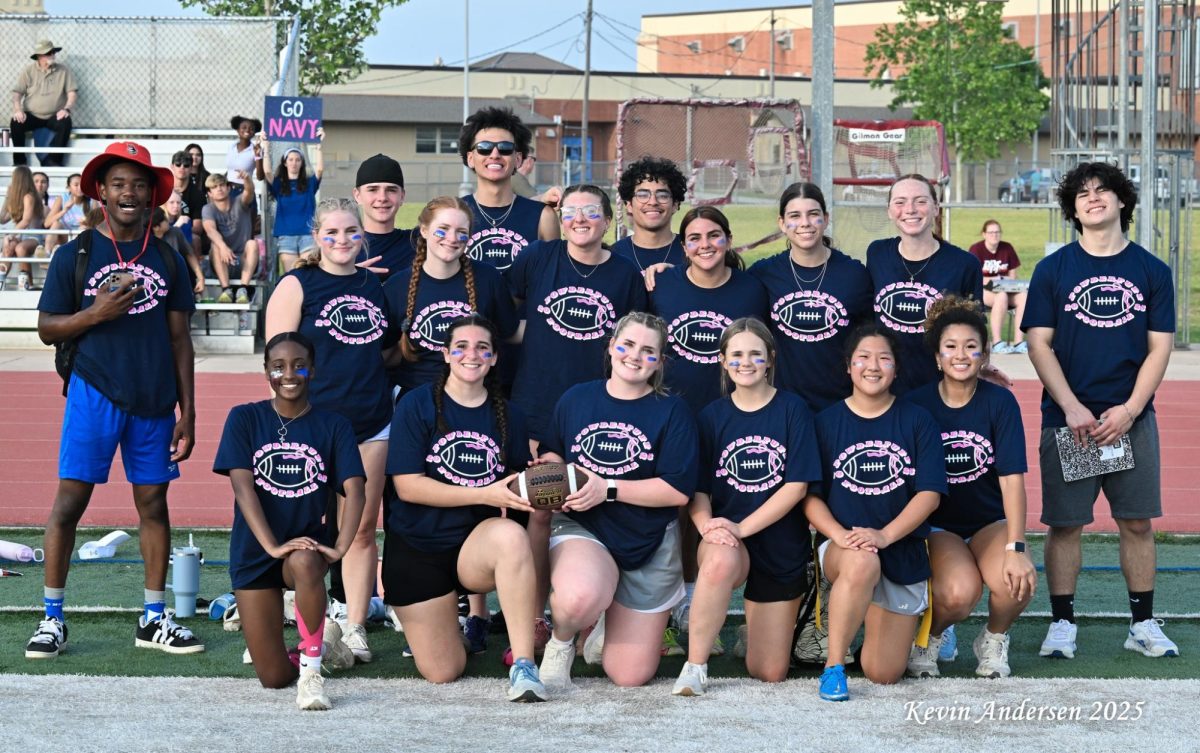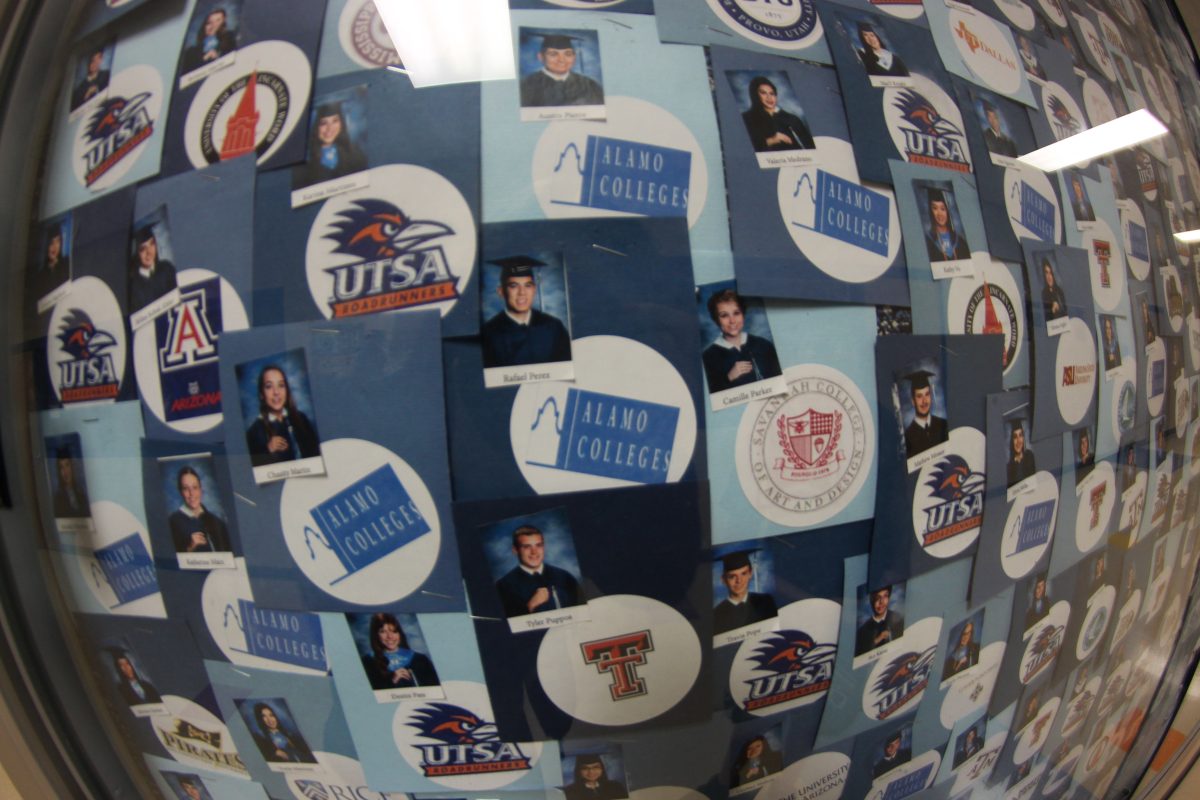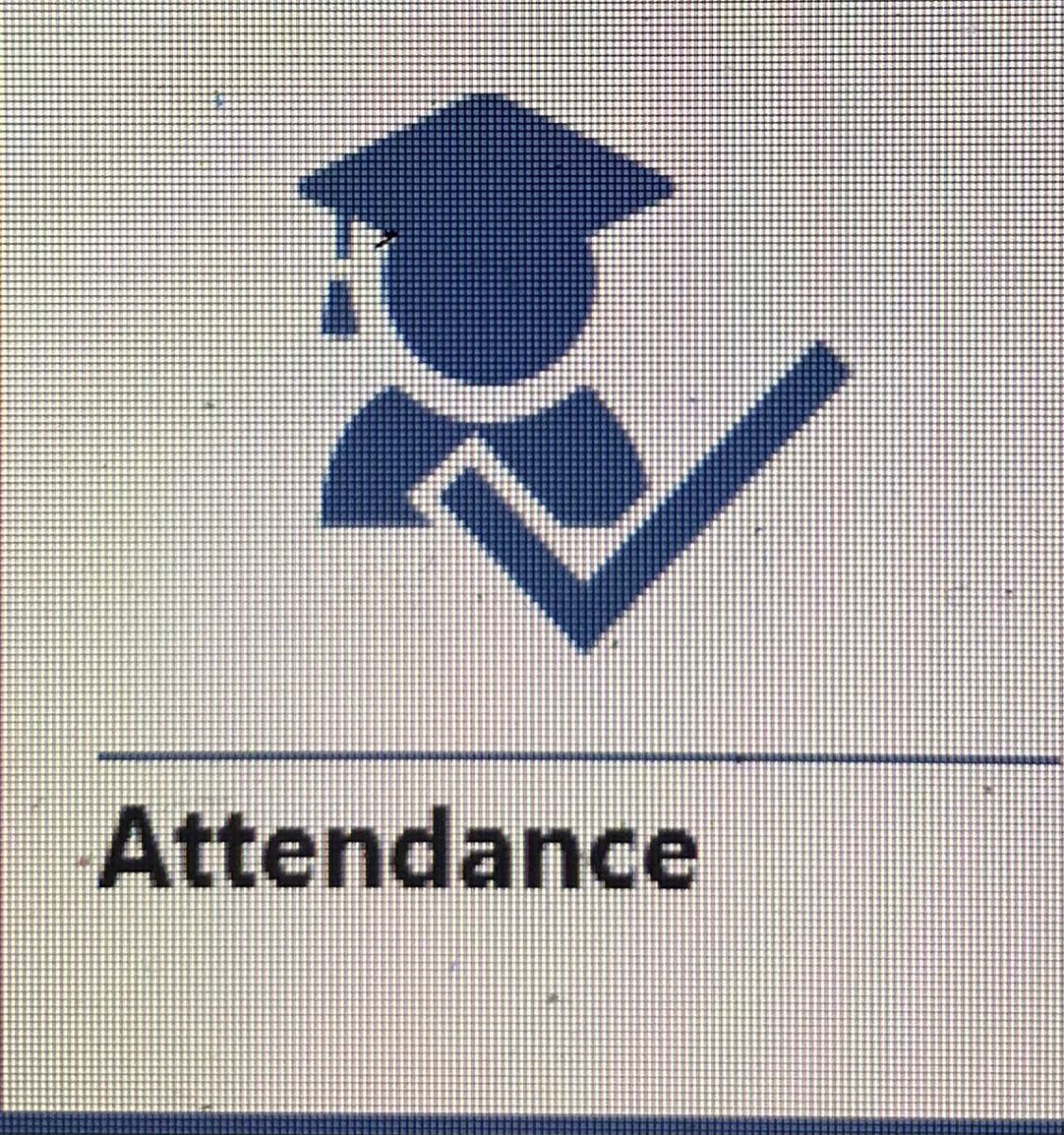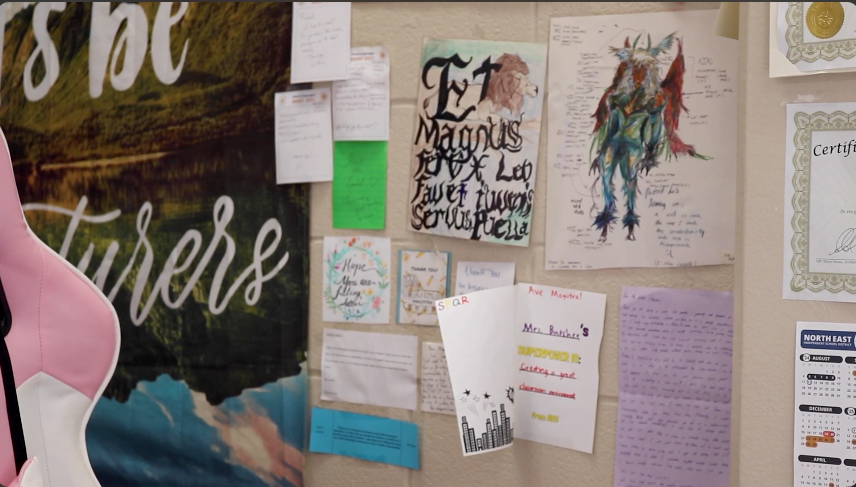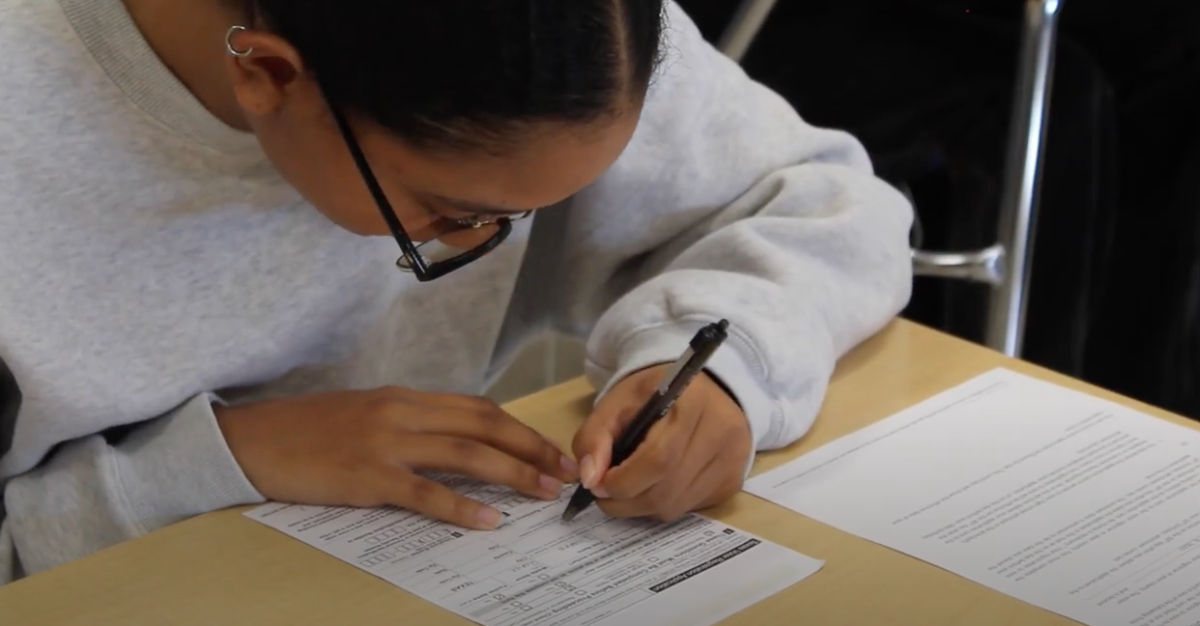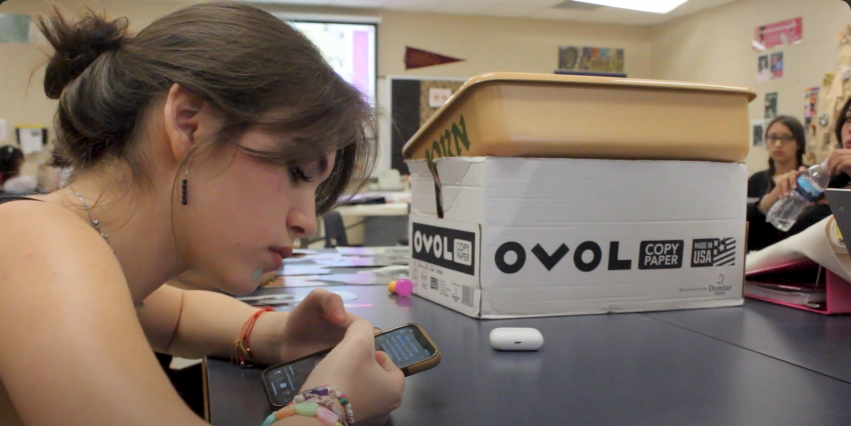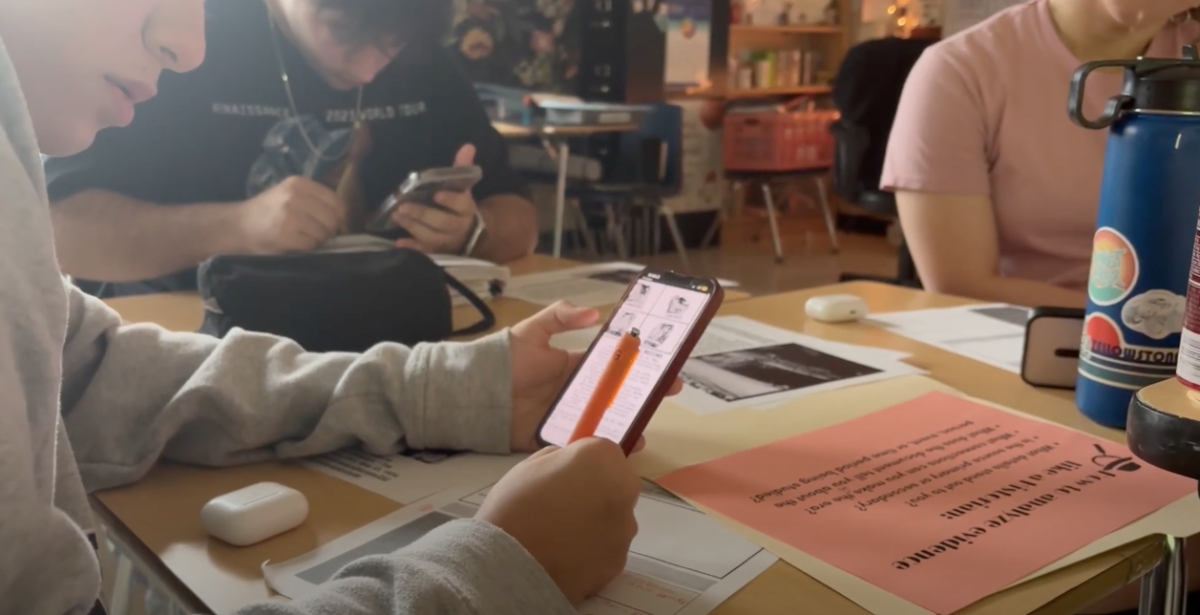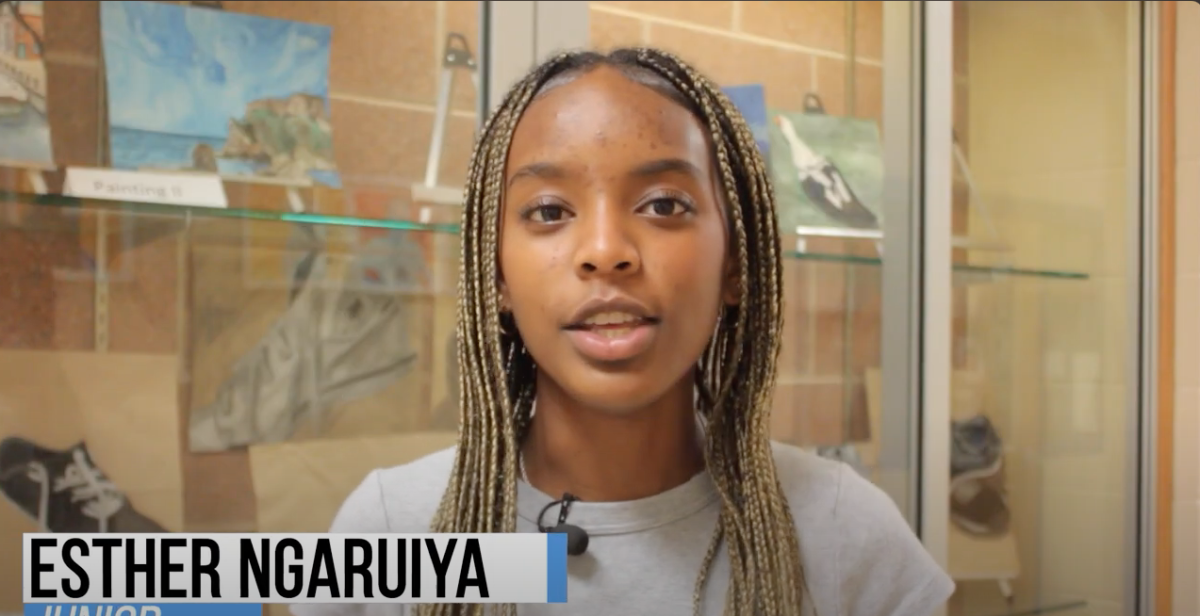by Emma Fitzhugh | news editor
Grants. Student Loans. Merit aid. Work Study. Scholarships. FAFSA. These are just a few forms of financial aid available to students, and different types of aid can be offered to various students. However, according to College Board, between 1984-85 to 2014-2015, the cost of tuition and fees for a student attending a four-year public university has increased by four percent every year for 30 years. And with the current cost of tuition for both private and public universities, some students, like senior Emma Eatman, have already started applying for financial aid to help pay for college.
“I started [applying] really early in the summer. I started getting my essays and looking at schools, because I’m applying to like 11 schools. I wanna study communications, concentrating in public relations, and a minor in political science,” Eatman said.
Even though she has an idea of what she would like to pursue, the financial aspect of college has already caused Eatman to contemplate more than one university.
“I don’t know where I wanna go yet, because of the money stuff for college. I got into my dream school, which was Boston University, and I was planning on going there, but they didn’t give me enough aid. And it was way, way too expensive for, you know, most people, including my family, so they only gave me a few bucks,” Eatman said.
For some seniors, the financial stigma associated with paying for college can cause them to place their highly revered college/university on hold simply because they either do not have the money to pay for the necessary expenses, or are not offered enough financial aid from the university.
For Eatman, this stigma seemed to be a reality, who went on to say how even though Boston University once seemed like her “dream school”, she only qualified for a certain type of financial aid, which ultimately seemed insufficient compared to the average price of attending the public university for four years.

“I don’t qualify for enough financial aid from the government, so merit aid is what they gave me, and I only got like a $1,000- which does not really put a dent in much. It’s [Boston University] like $62,000 a year. So it’s ridiculously expensive. I was really upset at the time because I really wanted to go there, but now, it just doesn’t make sense to me- why it has to be that expensive. So now I’m starting to see the…reality of it, and it’s a lot easier to look at colleges now and see what’s appropriate to pay and what’s not,” Eatman said.
After realizing that she simply couldn’t afford to attend a school she was practically set on attending, another opportunity presented itself; financial aid included.
“I got accepted into Howard University in Washington D.C. and they actually gave me a full tuition scholarship. So I’m probably leaning towards that, because that’s probably going to be the most [money] that I’ll get from a college. I’m leaning towards there, so that’s exciting. I’m going to D.C. during spring break to look at it, to see if I like it,” Eatman said.
Although the scholarship was a factor in her decision, there were other aspects to Howard University that encouraged Eatman to apply in the first place.
“It’s [Howard] actually less expensive, and it’s historically a black college, so I mean I’m black [laughs], so I applied there and so it’s going to be a different, obviously social scene then it is here, which is why I applied because I wanted to get a different thing for college, you know?” Eatman said.
For Howard University, the requirements necessary for receiving a scholarship in full include an applicant’s SAT score as well as their “GPA combined”, according to Eatman. In addition, because her tuition will already be paid for, Eatman went on to say how she could spend more money on dorms instead.
“They gave me all the money for my tuition; I just have to pay for room and board. For dorms they have different levels; it’s pretty much you get what you pay for. If you have to pay tuition and room and board, you’re probably going to go with the cheaper dorming, but I’ll be able to pay for the nicer dorms because I have all my tuition paid for, which is nice,” Eatman said.
But not every student will be offered a full scholarship, dream school or not. Despite this fact, there are some online resources that may be able to provide students with a more realistic “price tag” for certain universities.
“College Board’s got an awesome resource – bigfuture.com. They talk about net pricing, and how colleges have sticker prices, but there’s a lot of aid out there available. You can get estimates on what that aid would be before applying to schools and things. So they get to speak to some of that,” lead counselor Courtney Tarbox said.
Before they access the tools available through College Board however, Tarbox encourages students to research potential universities first, even if the school seems too expensive.
“I do know I have students that will share concerns that they feel like that college might be out of their reach because they’re worried about the financial burden. And so I encourage them to be sure that they do a lot of research on the internet. A lot of states require their universities to have a net price calculator,” Tarbox said.
This calculator, according to Tarbox, allows students to input data about their particular financial situation, in addition to other academic information, so that the calculator can then provide the student with an approximation of how much a specific university would cost them.
“Basically, you see the school and they advertise a certain amount of tuition, but the net pricer, you can type in things about your family, your financial situations, your academics, your extracurricular activities, and that nice pricer, it can calculate what type of aid a student could qualify for. Between grants, scholarships, and some of them even will calculate if there’re any estimated loans or work study. So basically trying to help a student know what the actual price of college would be versus the sticker price of what’s posted publically that they [college] advertise,” Tarbox said.
Although it may come as a shock to some students, according to Tarbox, the net price calculator can actually make the difference between several thousand dollars in relation to the standard price a university may have posted on their website.
“It can be very different. Some students may qualify for quite a bit of financial aid to where the net price may only be $3,000 when it actually post at $8,000 for a state school. So I think some students, or families, may be surprised to know how reasonable it could come down because of different things the student may qualify for. So we always encourage families to look at that net pricing calculator first, before ruling out a school,” Tarbox said.
In addition to this, the cost difference between public and private universities may also be reflected in this free online calculator.
“We find a lot of private schools, they may have much higher sticker prices, but they may also have more institutional money in scholarships to offer. So while they may be more expensive, they may also be able to offer students more financial aid, scholarships, and grants than at a state school. Because of course applying for college costs money too. They have application fees and things, so it’s kind of a dilemma. Every situation’s different. But if the financial burden is the concern, I encourage them to check out these net pricing calculators online because that’s free of charge,” Tarbox said.
And with the total cost of college seeming to increase annually, tuition isn’t the only expense.
“Well there are main factors. Of course there’s tuition, which is the actual cost per credit hour. So usually tuition is per hour. There’s a lot of other fees. When you take a lab, there’s gonna be a lab fee. There’s of course books, and materials, and resources for classes is another category. Of course, room and board. So you have to live somewhere, so whether that’s on campus, or you know, what’s the average cost of housing in that area. So room and board, tuition, books and resources,” Tarbox said.
While the list of expenses continue to increase, Tarbox went on to say how there always seems to be some sort of financial aid waiting to be claimed.
“Also we want students to think about transportation. Are you gonna be on a campus where you can ride the bus for free, are you in a big city where you have to pay for a subway. And then of course just the miscellaneous living expenses. That’s definitely always kind of a hot topic in the news is college being accessible to all, and really the federal government has one of the largest like, a little over three fourths, is from grants, scholarships, and financial aid. So that’s why we feel it’s so important for our students to fill out the FAFSA. The cost of living has raised for everything, so yes, college is right in line with that,” Tarbox said.
Regardless of how much financial aid is available to students, it ultimately comes down to the individual student, and how proactive they chose to be about obtaining scholarships and other forms of financial aid, according to Tarbox.
“I think it’s an individual decision. Because I think some students, they’ll go for it, you know, they just know that they’re gonna be paying off student loans, or the students that are real savvy about applying for every amount of financial aid they can, and applying for all of the outside scholarships. Because even small scholarships can add up. And there’s always work study, grants; there’s a lot of free money that you don’t have to pay back for college. It’s just taking the time and being motivated to research and go for it and apply for it,” Tarbox said.
Even though she was offered a full scholarship, Eatman went on to say how she feels as though colleges should be “more generous” with how much financial aid they offer applicants, considering the possibility that certain information exchanged between an applicant and university can be misconstrued.
“I think a lot of people get discouraged from it. I know a lot of people want to go out of state and stuff, and they see that they can’t, because for most people they can’t pay $60,000 a year to go to a private school. So I think it’s discouraging, because even with financial aid, if you make like ‘too much’ in their [university’s] eyes, like your parents do, they don’t give you aid. And their ‘too much’ is not enough to pay for college sometimes. So you’re kind of in a rut with that. I think people sometimes don’t apply to where they want to go, so they’re just stuck with where they don’t really want to go just because of money,” Eatman said.
To find out more information about College Board’s net price calculator, click here.




